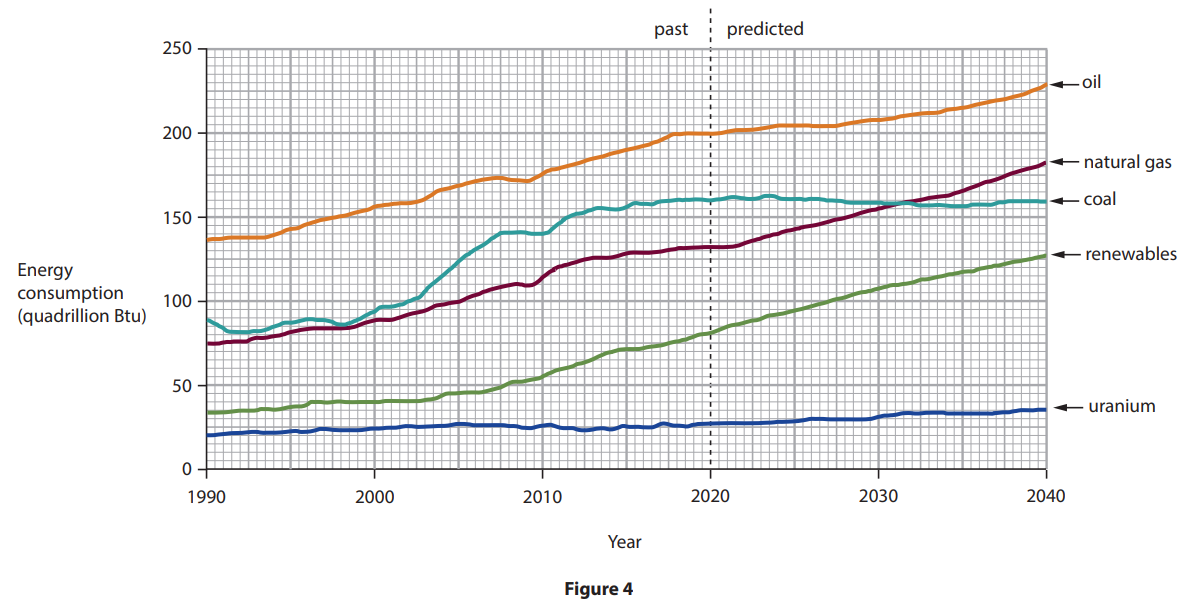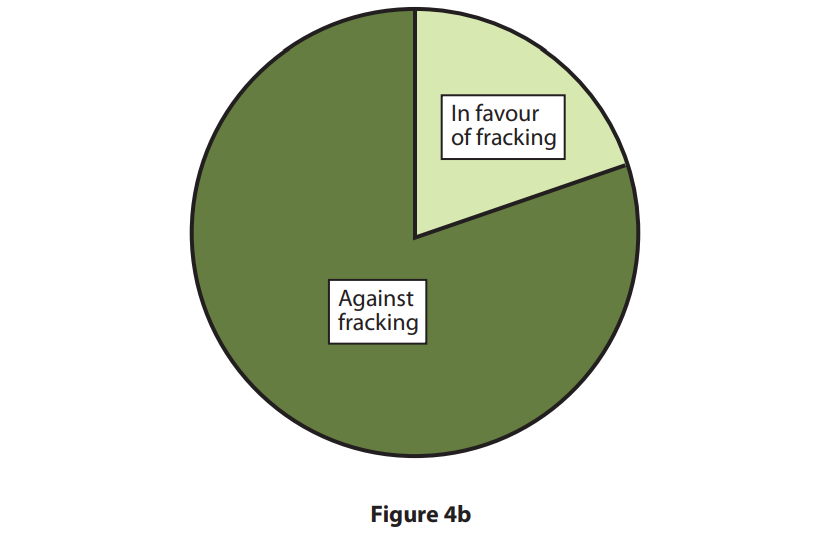The carbon footprint measures the amount of greenhouse gases that are generated by human activities.
Study Figure 4 below

Complete Figure 4 by plotting the data in the table below
Country | Carbon footprint (tonnes per person per year) |
|---|---|
Germany | 10.0 |
France | 6.5 |
Identify the country with a carbon footprint of 15.7 tonnes per person per year.
Canada
Malaysia
Poland
United Kingdom
Calculate the range in the carbon footprint shown on Figure 4
............................................................. tonnes per person per year
Suggest one reason for the differences in carbon footprint shown on Figure 4.
Did this page help you?


